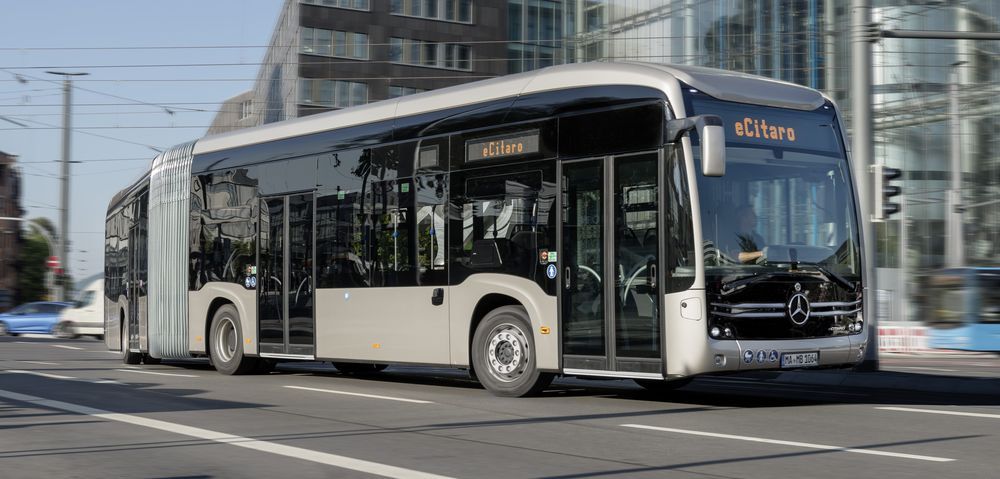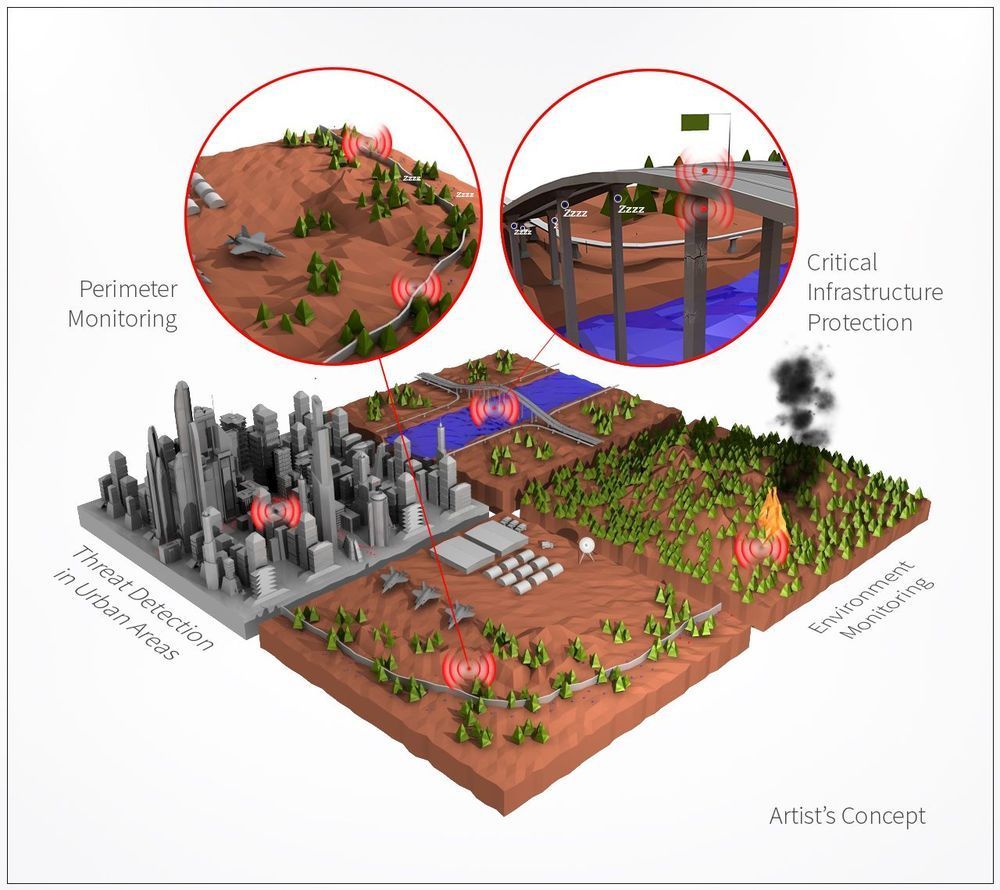Researchers took a silica nanoparticle designated as ‘Generally Recognized As Safe’ by the US Food and Drug Administration and coated it with L-phenylalanine, and found that in lab tests with mice it killed cancer cells effectively and very specifically, by causing them to self-destruct.
Cancer cells are killed in lab experiments and tumor growth reduced in mice, using a new approach that turns a nanoparticle into a ‘Trojan horse’ that causes cancer cells to self-destruct, a research team at the Nanyang Technological University, Singapore (NTU Singapore) has found.
The researchers created their ‘Trojan horse’ nanoparticle by coating it with a specific amino acid — L-phenylalanine — that cancer cells rely on, along with other similar amino acids, to survive and grow. L-phenylalanine is known as an ‘essential’ amino acid as it cannot be made by the body and must be absorbed from food, typically from meat and dairy products.
Studies by other research teams have shown that cancer tumor growth can be slowed or prevented by ‘starving’ cancer cells of amino acids. Scientists believe that depriving cancer cells of amino acids, for example through fasting or through special diets lacking in protein, may be viable ways to treat cancer.







